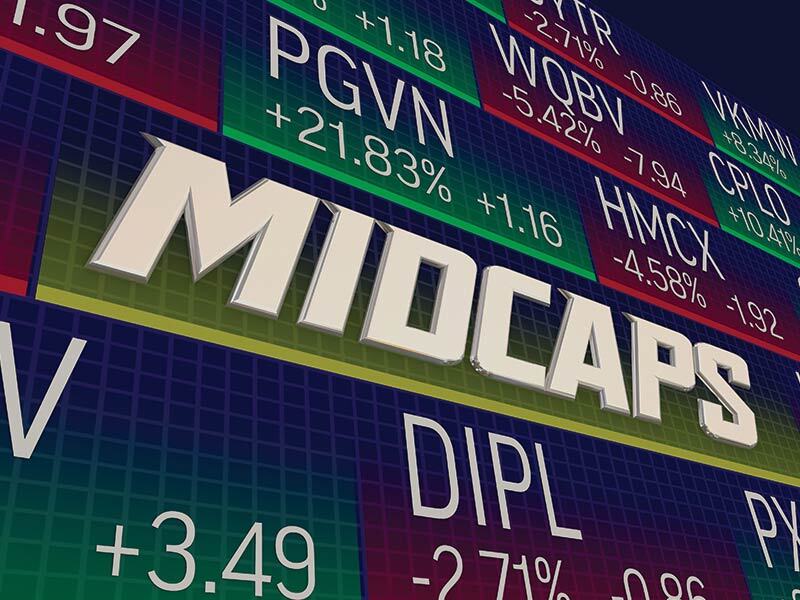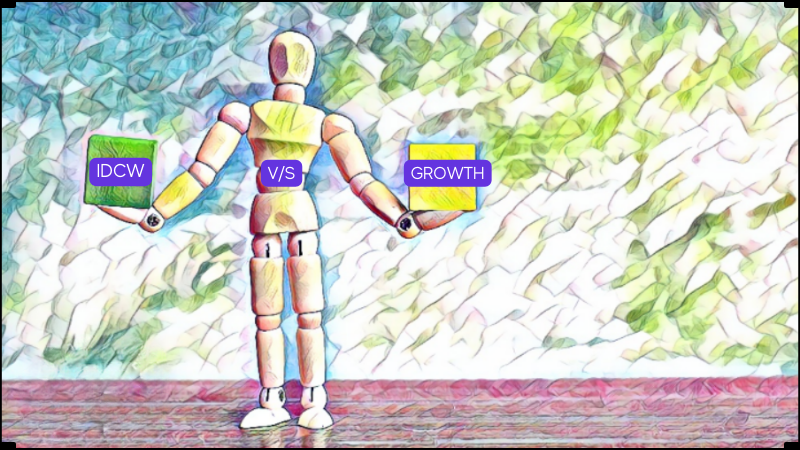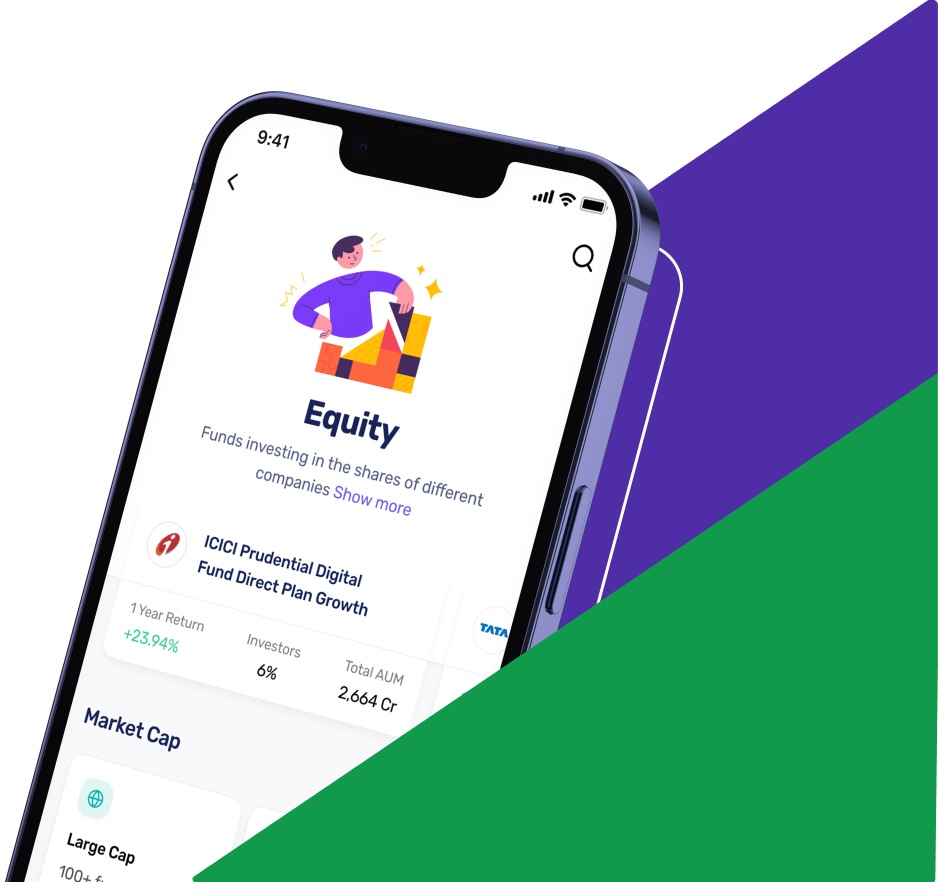
Mutual Funds are one of the safest investment options for an investor today. These funds are carefully formulated to provide the investor with maximum returns on their investment. While selecting a fund for investment, the investor needs to consider many factors, one of which is the category of funds. There are three broad categories of companies that mutual funds invest in namely, large-cap funds, mid-cap funds, and small-cap funds. Investors can select a suitable investment product depending on their risk appetite, return expectations, amount of investment that they can make, etc.
Given below are the details of the mid-cap funds and the best mid-cap funds for investment today.
What are midcap funds?
Mid-cap funds are equity mutual funds that invest a minimum of 65% of their assets in companies that have medium market capitalization. These are ranked from 101st to 250th in terms of market capitalization. Investment in mid-cap companies is a high-risk high-return scenario. These companies have the potential to perform better than the large-cap companies in the time of a bullish market. However, during a bearish market, these investments fall hard.
Things to keep in mind about midcap funds
There are many risks associated with an investment in mid-cap funds. Investors need to have thorough market research and analysis before investing in mid-cap funds. The details of some of the risks associated with mid-caps are mentioned below,
- Inherent risk
While investment in mid-cap funds is fruitful in long term, mid-cap companies can potentially take a huge hit during bearish times. This is on account of such companies having a low customer base and relatively fewer resources to sustain a heavy economic slowdown. Although the fund managers take due care before investing in any mid-cap company, there is always a high inherent risk that cannot be completely evaded.
- Liquidity
Liquidity in any fund is of key importance and it also affects fund returns. Mis caps have relatively fewer shares in the market which makes it difficult to make an immediate exit.
- Market fluctuations
Mid-cap funds are prone to high volatility at the time of market fluctuations. The fluctuations of the market can lead to a huge decline in mid-cap funds which may not happen in large-cap funds.
Top midcap funds to invest in 2023
Axis Midcap Fund Growth
About the Fund
Axis Midcap Fund Growth invests in mid cap companies that have the potential to provide higher returns based on their growth trajectory. Investors can expect long-term capital appreciation from this fund through a portfolio comprising equity and equity-related instruments of Midcap companies. The fund has hugely diversified investments across various sectors or industries.
| Inception Date | February 18, 2011 |
| Benchmark Name | S&P BSE 150 Midcap TRI |
| Fund Manager | Mr. Shreyash Devalkar |
| Expense ratio | 1.76% |
| Fund type | Open-ended |
| Risk | Very high |
Historical Return of the Fund (annualized)
| 6-Month | 1-Year | 3-Year | 5-Year | 10-Year |
| 11.39% | -2.63% | 20.38% | 15.46% | 17.72% |
Invesco India Midcap Fund
About the Fund
The scheme aims to achieve long-term capital appreciation by primarily investing in equity & equity related instruments of mid-cap companies. It is best suited for investors who have a 3-4 year investment horizon with high risk tolerance and high return expectations.
| Inception Date | 19th April 2007 |
| Benchmark Name | S&P BSE 150 MIDCAP TRI |
| Fund Manager | Mr. Pranav Gokhale |
| Expense ratio | 2.06% |
| Fund type | Open-ended |
| Risk | Very high |
Historical Return of the Fund (annualized)
| 6-Month | 1-Year | 3-Year | 5-Year | 10-Year |
| 16.45% | 2.58% | 23.06% | 13.33% | 18.17% |
Kotak Emerging Equity Scheme Growth
About the Fund
Kotak Emerging Equity Scheme Growth is a mid-cap fund having investments in equity and equity-related securities in mid-cap companies. This is an open-ended fund with an exit load of 1% if the fund is sold before the completion of 12 months. The objective of the fund is to provide long-term capital appreciation by investing predominantly in Midcap companies.
| Inception Date | March 30, 2007 |
| Benchmark Name | NIFTY Midcap 150 Total Return Index |
| Fund Manager | Mr. Pankaj Tibrewal |
| Expense ratio | 1.70% |
| Fund Type | Open-ended |
| Risk | Very high |
Historical Return of the Fund (annualized)
| 6-Month | 1-Year | 3-Year | 5-Year | 10-Year |
| 15.98% | 6.95% | 25.09% | 13.96% | 19.10% |
Edelweiss Midcap Fund
About the Fund
Edelweiss Midcap Fund Growth is another open-ended equity midcap fund predominantly investing in midcap companies that are potential wealth creators. The scheme sleets the stocks to invest in based on careful analysis of the company, its products, growth potential, potential to withstand the downturn of the economy, etc.
| Inception Date | December 26, 2007 |
| Benchmark Name | NIFTY Midcap 150 Total Return Index |
| Fund Manager | Mr. Trideep Bhattacharya and Mr. Sahil Shah |
| Expense ratio | 2.06% |
| Fund Type | Open-ended |
| Risk | Very high |
Historical Return of the Fund (annualized)
| 6-Month | 1-Year | 3-Year | 5-Year | 10-Year |
| 16.61% | 5.79% | 27.00% | 13.19% | 19.76% |
Tata Mid Cap Fund
About the Fund
The fund is an open-ended equity scheme that aims to generate long-term capital appreciation through investment in predominantly Midcap companies. Investors who have high return expectations and an investment horizon of 3-5 years can consider investing in this scheme.
| Inception Date | 29th June 1995 |
| Benchmark Name | NIFTY MIDCAP 150 TRI |
| Fund Manager | Mr. Satish Mishra |
| Expense ratio | 0.57% |
| Fund type | Open-ended |
| Risk | Very high |
Historical Return of the Fund (annualized)
| 6-Month | 1-Year | 3-Year | 5-Year | 10-Year |
| 13.19% | 1.18% | 21.56% | 11.64% | 17.77% |
How to invest in Mid cap funds?
Investing in midcap funds is very easy now. Investors can simply download the Fisdom App (available on the Google Playstore as well as Appstore) and start investing by adding basic details like a bank account and providing the necessary KYC. The steps to invest in midcaps through the app are stated below.
- The first step is to download Fisdom app from the play store and open it.
- Investors will have to login using their email id and phone number to proceed.
- After that, the investor will have to provide their bank details and basic KYC to start investing in their chosen midcap fund.
- To start the investment procedure after logging in, the investor will have to select ‘Equity’ from the home page and then select ‘Mid Cap’
- The investor will be taken to a new page displaying all the available midcap funds and has the option to view the details of any fund (returns, portfolio, fund facts, etc)
- The next step is to click on ‘Invest’
- The investor can select to invest as ‘SIP’ or ‘Lumpsum’ and then enter the desired amount of investment.
- After that, the basic details will have to be entered followed by the payment procedure to complete the investment procedure.
Conclusion
Investment in mid cap funds is considered to be a high-risk investment. But these companies have the potential to provide higher returns than large cap companies in the long run. An investor needs to stay invested in this product for a longer period of time (at least 5 to 7 years) for the fund to grow and generate higher returns. Investors can start with an investment amount as low as Rs. 100 per month or lump sum amount of Rs. 5000 in most of these schemes to gradually build a corpus fund that will yield higher returns in long term.
FAQs
What are the three broad categories of mutual funds based on the market capitalization of companies?
The three broad categories of mutual funds based on market capitalization of companies is,
- Large Cap Funds
- Mid Cap Funds
- Small Cap Fund
What is the minimum investment of a mid cap fund needed in mid cap companies?
Mid cap fund has to invest a minimum of 65% of the fund in the mid cap companies.
Is mid cap suitable for risk averse investors?
Investing in mid cap funds is a high-risk high-return scenario. It is relatively riskier than investing in large cap funds. Hence it is more suitable for investors with a high risk appetite.
What is an expense ratio for mutual funds?
Expense ratio is the charges levied by the fund to manage the investment portfolio of the investor. It is a nominal charge and is expressed in terms of percentage.
What are the rankings of the stocks invested in the midcap segment?
Mid cap funds segment is the funds that invest in stocks ranging from 101 to 250th in terms of market capitalization as per the revised guidelines of SEBI.


























